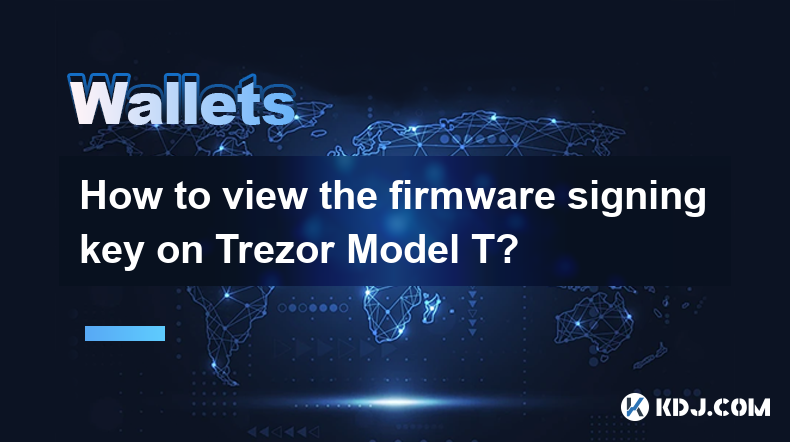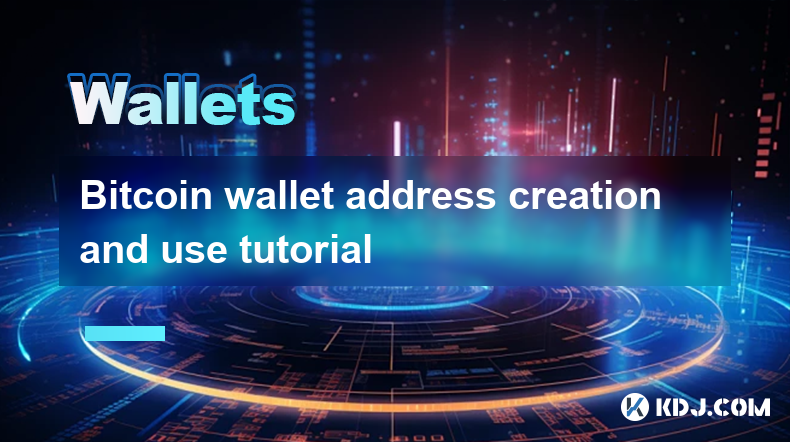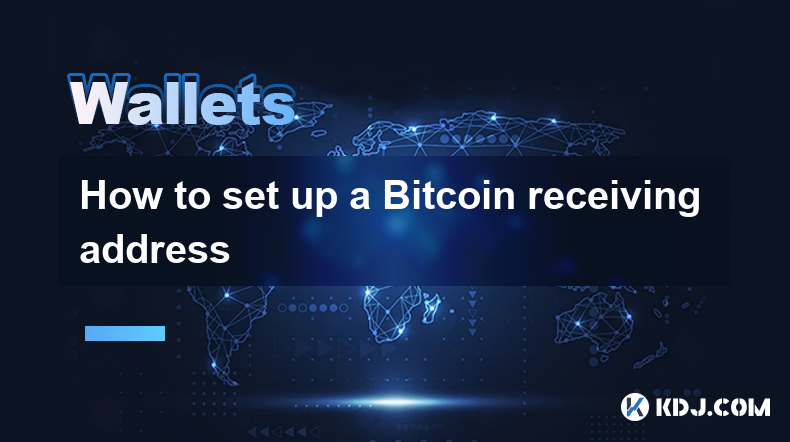-
 Bitcoin
Bitcoin $82,099.5826
-1.34% -
 Ethereum
Ethereum $1,817.9545
-1.07% -
 Tether USDt
Tether USDt $0.9999
0.02% -
 XRP
XRP $2.0815
-3.96% -
 BNB
BNB $595.8647
-1.53% -
 Solana
Solana $124.0327
-0.92% -
 USDC
USDC $1.0000
0.01% -
 Dogecoin
Dogecoin $0.1634
-3.94% -
 Cardano
Cardano $0.6445
-4.65% -
 TRON
TRON $0.2336
1.34% -
 Toncoin
Toncoin $3.9381
2.61% -
 Chainlink
Chainlink $13.2201
-3.75% -
 UNUS SED LEO
UNUS SED LEO $9.0947
-5.84% -
 Stellar
Stellar $0.2646
-1.90% -
 Avalanche
Avalanche $18.6234
-3.91% -
 Shiba Inu
Shiba Inu $0.0...01214
-3.88% -
 Sui
Sui $2.2126
-6.78% -
 Hedera
Hedera $0.1604
-6.61% -
 Polkadot
Polkadot $4.0237
-1.97% -
 Litecoin
Litecoin $82.1655
-4.48% -
 MANTRA
MANTRA $6.2849
-1.13% -
 Bitcoin Cash
Bitcoin Cash $298.8203
-2.66% -
 Dai
Dai $1.0000
0.02% -
 Bitget Token
Bitget Token $4.4293
-4.57% -
 Ethena USDe
Ethena USDe $1.0000
0.01% -
 Pi
Pi $0.6976
-9.77% -
 Hyperliquid
Hyperliquid $12.5853
-0.74% -
 Monero
Monero $215.4717
-0.22% -
 Uniswap
Uniswap $5.8825
-1.85% -
 Aptos
Aptos $5.1958
-2.29%
How to view the firmware signing key on Trezor Model T?
Trezor Model T's security relies on indirect firmware verification using public keys, ensuring authenticity without exposing the private signing key.
Mar 27, 2025 at 12:35 pm

Trezor Model T, a popular hardware wallet, prioritizes security. Understanding its firmware signing key is crucial for verifying the authenticity of your device's software. However, directly viewing this key isn't possible due to its inherent security design. The key isn't stored in a readily accessible location on the device itself. Instead, verification relies on indirect methods focusing on trust and transparency.
Understanding the Trezor Model T's Security Model
The Trezor Model T's security hinges on the principle of secure boot. This means that the device only loads firmware that has been digitally signed by Trezor's private signing key. This prevents malicious actors from injecting compromised firmware. You don't need to see the key itself to benefit from this security. The process is designed to be transparent, allowing users to verify the integrity of the firmware without compromising the key's secrecy.
Verifying Firmware Authenticity: The Indirect Approach
Instead of directly accessing the firmware signing key, Trezor employs a system of public key verification. This means that while you can't see the private key, you can use the publicly available key to verify the signature on the firmware. This verification confirms that the firmware was indeed signed by Trezor and not a malicious actor. This process utilizes cryptographic principles to ensure authenticity without revealing the sensitive private key.
Steps to Verify Trezor Model T Firmware (Indirectly)
Verifying the firmware's authenticity involves checking the digital signature. This is done through several steps, all focused on publicly available information:
Download the Firmware: Obtain the firmware file directly from Trezor's official website. Downloading from unofficial sources is extremely risky and should be avoided.
Check the Signature: Trezor provides the public key needed for signature verification. This key is publicly available on their website and in their documentation.
Use a Verification Tool: Trezor may provide a dedicated tool or guide on how to verify the signature using the downloaded firmware and the public key. This usually involves using cryptographic hashing algorithms and comparison.
Review the Hash: The verification process will generate a hash value. Compare this hash to the hash provided by Trezor on their website. A match confirms that the firmware hasn't been tampered with.
Remember, any deviation from the official Trezor process could compromise your security.
Why You Can't (and Shouldn't) See the Private Key
The private signing key is crucial to Trezor's security. If this key were easily accessible, it would represent a major vulnerability. Its exposure would allow malicious actors to sign and distribute fraudulent firmware, compromising the security of all Trezor Model T devices. Therefore, the key is intentionally protected and inaccessible to users.
The Importance of Official Channels
Always download firmware and obtain verification information from Trezor's official website. Third-party sources may distribute compromised or malicious firmware. Sticking to official channels is paramount for maintaining the security of your Trezor Model T and your cryptocurrency.
Understanding Public Key Cryptography
The system Trezor uses relies on the principles of public key cryptography. This allows for verification of signatures without revealing the private key. The public key is like a fingerprint – it can be used to verify something was signed by the corresponding private key without revealing the private key itself. This is a cornerstone of modern secure systems.
The Role of Transparency in Trezor's Security
Trezor's commitment to transparency is crucial. While you can't see the private key, the company provides the necessary information to verify the authenticity of its firmware. This transparency builds trust and allows users to independently confirm the integrity of their devices.
Addressing Potential Concerns
Many users might be concerned about the lack of direct access to the signing key. However, the indirect verification method provides a robust security mechanism. Trusting Trezor's transparent processes and using official channels is key to mitigating any potential risks.
Frequently Asked Questions
Q: Is it safe to use my Trezor Model T if I can't see the firmware signing key?
A: Yes, it is safe. The security model relies on the public key verification process, which ensures the firmware's authenticity without exposing the private key.
Q: What happens if the hash values don't match during firmware verification?
A: If the hash values don't match, it indicates that the firmware has been tampered with. Do not use this firmware. Contact Trezor support immediately.
Q: Can I access the firmware signing key through any hidden settings or backdoors?
A: No. There are no hidden settings or backdoors to access the private signing key. Its inaccessibility is a core security feature.
Q: Are there alternative methods to verify firmware authenticity besides the official Trezor method?
A: No, relying on unofficial methods is strongly discouraged and could compromise your security. Only use the official Trezor verification process.
Q: What should I do if I suspect my Trezor Model T firmware is compromised?
A: Immediately contact Trezor support and follow their instructions. Do not use the device until the issue is resolved.
Q: Why doesn't Trezor simply provide a readily accessible copy of the signing key?
A: Providing direct access to the signing key would severely compromise the security of the device and all user funds. The current system offers a secure balance between transparency and security.
Disclaimer:info@kdj.com
The information provided is not trading advice. kdj.com does not assume any responsibility for any investments made based on the information provided in this article. Cryptocurrencies are highly volatile and it is highly recommended that you invest with caution after thorough research!
If you believe that the content used on this website infringes your copyright, please contact us immediately (info@kdj.com) and we will delete it promptly.
- CZ Announces Plan to Donate 500 BNB Each to Myanmar and Thailand
- 2025-03-31 20:00:12
- Bitcoin (BTC -2.46%) has earned a place in almost every investor's portfolio.
- 2025-03-31 20:00:12
- Bitcoin (BTC) ETF Witnessed a Major Shift as Investors Pulled out $93 Million
- 2025-03-31 19:55:12
- Nigeria Accuses Binance of Facilitating Terrorism and Kidnapping Financing
- 2025-03-31 19:55:12
- A Sentiment Shift Appears Underway Within the XRP Community
- 2025-03-31 19:50:12
- A Quarter of S&P 500 Firms Could Be Holding Bitcoin on Their Balance Sheets by 2030: Report
- 2025-03-31 19:50:12
Related knowledge

How to easily generate a Bitcoin payment address
Mar 29,2025 at 10:49am
Generating a Bitcoin payment address might seem daunting, but it's actually quite straightforward. This process is crucial for receiving Bitcoin, as each transaction requires a unique address. Understanding how this works is fundamental to using Bitcoin effectively. This guide will walk you through the simple steps, regardless of your technical experti...

Bitcoin address creation steps and common problems
Mar 30,2025 at 06:07am
Understanding Bitcoin AddressesA Bitcoin address is a unique identifier, similar to a bank account number, used to receive Bitcoin. It's a string of alphanumeric characters generated from a public key, derived from your private key. Understanding the distinction between public and private keys is crucial for Bitcoin security. Your private key should be...

How to make your own Bitcoin wallet address
Mar 29,2025 at 08:42pm
Creating your own Bitcoin wallet address is crucial for securing and managing your Bitcoin holdings. It allows you to independently receive and send Bitcoin without relying on third-party services. This process involves understanding the different types of wallets and choosing the one that best suits your needs and technical expertise. Incorrectly gene...

Bitcoin wallet address creation and use tutorial
Mar 29,2025 at 10:14pm
Understanding Bitcoin Wallet AddressesA Bitcoin wallet doesn't store Bitcoin in the way a traditional bank account does. Instead, it stores private keys, which are cryptographic secrets allowing you to access and spend your Bitcoin. Your Bitcoin address, on the other hand, is a public identifier, like an email address, that others can use to send you B...

Bitcoin address generation and secure storage guide
Mar 30,2025 at 08:07am
Understanding Bitcoin AddressesA Bitcoin address is essentially your public key, a string of alphanumeric characters used to receive Bitcoin. It's analogous to your bank account number. Unlike your private key, which is crucial for spending your Bitcoin, your address can be shared publicly without compromising your funds. Generating a new address is sim...

How to set up a Bitcoin receiving address
Mar 30,2025 at 06:14pm
Understanding Bitcoin Receiving AddressesA Bitcoin receiving address is essentially your unique identifier on the Bitcoin network. It's a string of alphanumeric characters that allows others to send Bitcoin to you. Think of it like your bank account number, but specifically for Bitcoin. You need a receiving address to receive Bitcoin. Crucially, you ca...

How to easily generate a Bitcoin payment address
Mar 29,2025 at 10:49am
Generating a Bitcoin payment address might seem daunting, but it's actually quite straightforward. This process is crucial for receiving Bitcoin, as each transaction requires a unique address. Understanding how this works is fundamental to using Bitcoin effectively. This guide will walk you through the simple steps, regardless of your technical experti...

Bitcoin address creation steps and common problems
Mar 30,2025 at 06:07am
Understanding Bitcoin AddressesA Bitcoin address is a unique identifier, similar to a bank account number, used to receive Bitcoin. It's a string of alphanumeric characters generated from a public key, derived from your private key. Understanding the distinction between public and private keys is crucial for Bitcoin security. Your private key should be...

How to make your own Bitcoin wallet address
Mar 29,2025 at 08:42pm
Creating your own Bitcoin wallet address is crucial for securing and managing your Bitcoin holdings. It allows you to independently receive and send Bitcoin without relying on third-party services. This process involves understanding the different types of wallets and choosing the one that best suits your needs and technical expertise. Incorrectly gene...

Bitcoin wallet address creation and use tutorial
Mar 29,2025 at 10:14pm
Understanding Bitcoin Wallet AddressesA Bitcoin wallet doesn't store Bitcoin in the way a traditional bank account does. Instead, it stores private keys, which are cryptographic secrets allowing you to access and spend your Bitcoin. Your Bitcoin address, on the other hand, is a public identifier, like an email address, that others can use to send you B...

Bitcoin address generation and secure storage guide
Mar 30,2025 at 08:07am
Understanding Bitcoin AddressesA Bitcoin address is essentially your public key, a string of alphanumeric characters used to receive Bitcoin. It's analogous to your bank account number. Unlike your private key, which is crucial for spending your Bitcoin, your address can be shared publicly without compromising your funds. Generating a new address is sim...

How to set up a Bitcoin receiving address
Mar 30,2025 at 06:14pm
Understanding Bitcoin Receiving AddressesA Bitcoin receiving address is essentially your unique identifier on the Bitcoin network. It's a string of alphanumeric characters that allows others to send Bitcoin to you. Think of it like your bank account number, but specifically for Bitcoin. You need a receiving address to receive Bitcoin. Crucially, you ca...
See all articles






















































































